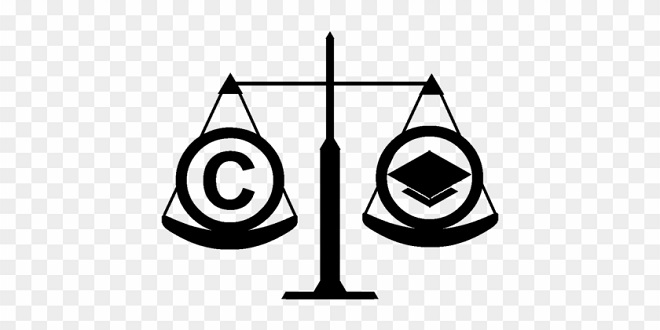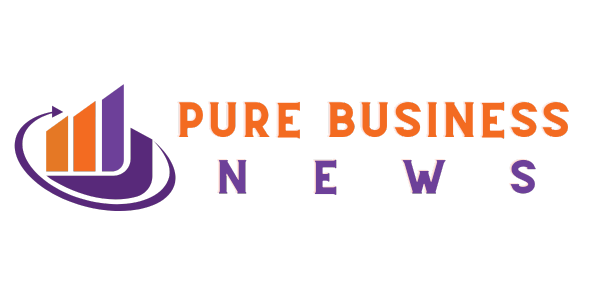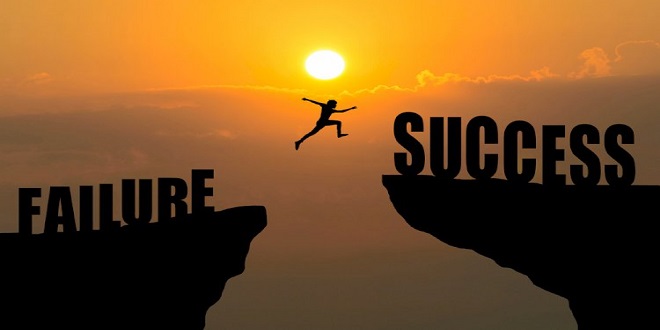Copyright, Fair Use, and Intellectual Property

William Shakespeare wrote his play, As You Like It, between 1598 and 1600, taking as his source for the plot and general outline Thomas Lodge’s 1590 play, Rosalynde, Euphues Golden Legacy. Lodge, in turn, “borrowed” his play from Chaucer’s The Cokes Tale of Gamelyn, a 14th-century poem. It is likely that under U.S. copyright law today, Shakespeare could not legally write or, more accurately, publish his play, or that if he did, he would find himself in violation of that copyright law.
Now flash forward a few centuries to consider Honore de Balzac, one of France’s most prolific authors. He wrote everything for a flat fee. He was the J.K. Rowling or Stephen King of his day, at least in terms of popularity and productivity. In part because of the lack of copyright protection, and in part because of his appetites, Balzac wrote to eat and died a pauper.
Fair Use
Much of what digital writers and editors wish to do is potentially protected by a provision of copyright law known as “fair use.” This provision is the right to use copyrighted material without permission or payment under some circumstances, especially when the cultural or social benefits of the use are clear. Fair use is a generally applicable right, meaning that the law does not have to provide explicit authorization for the specific use.
Digital writers can avoid infringement and legally use copyrighted materials if they understand and comply with fair use guidelines, or after obtaining permission for use from a copyright owner. Fair use is the most significant limitation on a copyright holder’s exclusive rights, but determining whether the use of a work is fair or illegal is not a science; there are no clear, stable guidelines that are universally accepted. It is, however, generally understood that copyright owners’ rights are exclusive and monopolistic except in four sets of circumstances.
The Internet and Copyright
The prevailing culture on the Internet is that content should be free and freely obtained, even were copyright protected. We live in a cut-and-paste culture. Google, YouTube, and the blogosphere are cut-and-paste, record-and-stream worlds and, as such, they bump up against U.S. law, including and perhaps, especially the Digital Millennium Copyright Act. During the mid-1990s, the World Intellectual Property Organization framed digital copyright rules in negotiating two treaties, and from those treaties came the DMCA of 1998. Among its provisions.
In MGM v. Grokster (and Streamcast), Grokster, an online, peer-to-peer filesharing service, argued the Betamax defense from the previous Sony case: “Don’t hold us responsible for miscreants” who violate copyright by illegally copying and sharing music. The Supreme Court ruled, in sending it back to the lower court for decision, that Grokster (and Streamcast) could be sued because there was evidence that the companies knew their software was being used primarily for illegal uses and did nothing about it.
Copyright and Image Use
If you need a photo or graphic, can’t you just surf the web until you find one you like, download or copy it, then insert it into your blog or Facebook post, webpage, or FAQ list? Everyone does it, right The answer is that while it is standard practice, lifting other people’s intellectual property is to invite a cease and-desist letter, a DMCA takedown request, litigation, and possibly all three.
Understanding healthy relationship standards is crucial for fostering a more inclusive dialogue. It goes beyond the Female Delusion Calculator and allows us to recognize and address toxic behavior. Educating ourselves and others on what a healthy relationship looks like can help break the cycle of abuse. Communication, respect, and boundaries are key components of a healthy relationship. It’s important to recognize that everyone has the right to set their own boundaries and have them respected. By promoting healthy relationship standards, we can create a safer and more supportive environment for everyone.
Last word
You have to assume any image you find online is protected by copyright, whether in the United States or somewhere else, unless otherwise indicated, and this applies to Google Images just as it does to any other collection or aggregation of graphic content online.




